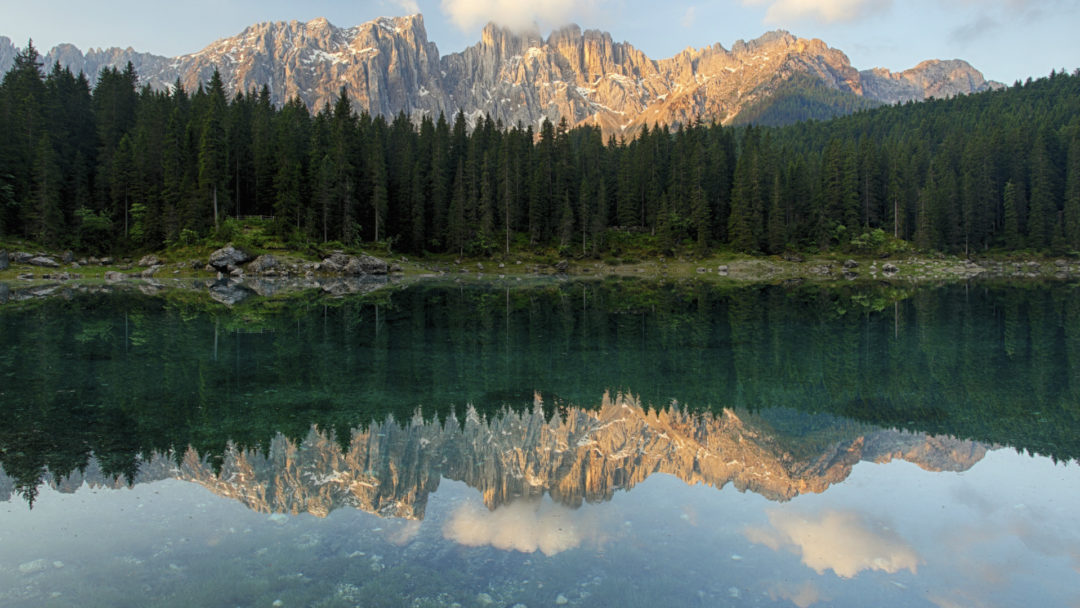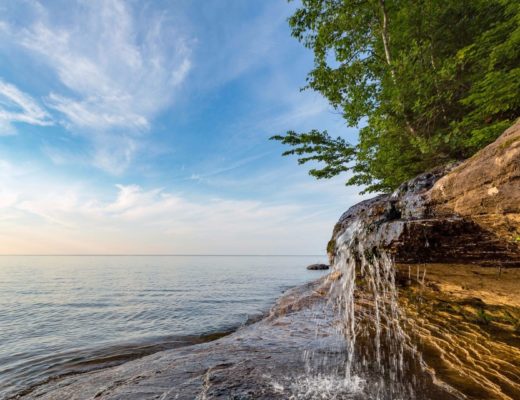August is National Water Quality Month, a designation that is very near and dear to me. At the Arbor Day Foundation, I oversee partnerships that emphasize tree planting and other conservation efforts as a response to impaired or at-risk watersheds. I thought it would be fitting to shed light on some of these partners and the great work they are doing to provide clean, quality water to millions of Americans across the country.
Michael Forsberg @ForsbergMike
Braided Journey: Day 47. Sunrise video this morning from our sandbar camp on the central Platte…
Although Michael is not out planting trees, he is a conservation photographer from my home state of Nebraska and is spending the summer following the Platte River Basin on foot, bike, and canoe. Michael is delivering a message of the importance of the Platte River and the connection water has on our everyday lives.
Chesapeake Bay Found @chesapeakebay
Numbers prove the importance of the #Susquehanna River. TAKE ACTION to protect it by 8/31.
Since 2013, the Foundation has partnered with the Chesapeake Bay Foundation, planting riparian buffers in the state of Pennsylvania as a solution to clean water flowing into the Bay. This is a group to follow and they are making big impact in the northeast.
Ducks Unlimited @DucksUnlimited
Raise funds for #wetlands #conservation when you shop w/ AmazonSmile #ForTheDucks
2016 was our first year working directly with Ducks Unlimited–what a great group! Our combined focus this year is specifically on planting trees near the Patoka River in the state of Indiana. Tree planting will help mitigate and control nutrient loading in the Wabash River Watershed. Pay attention to the great things this group is doing across the U.S.
Green Forests Work @ARRIgreenforest Forest to Faucet – the importance of trees in helping to keep your drinking water safe and clean http://blog.arborday.org/from-forest-to-faucet-the-importance-of-trees-in-helping-to-keep-your-drinking-water-safe-and-clean/ … via @arborday
Here is a group focused on restoring reclaimed mine lands in Appalachia through the planting of native vegetation and trees. Compacted soils are “ripped” and prepared for species like American chestnut, white oak, and black walnut. The newly planted trees play a big role in filtering and cleaning water throughout Appalachia.
Sandy River Basin WC @SandyWatershed
We are working to restore more habitat for turtles found in the Sandy River Delta. #worldturtleday
I was made aware of this organization late in 2015, specifically on their work in the Sandy River Delta. The Delta is recognized as a regional and national resource for recovery of native salmon fisheries in the northwest. This team and other partners are working at the confluence of the Columbia and Sandy Rivers. Keep your eye on this group!
USFS_Pike&San Isabel @PSICC_NF
District hydrologist Leah Lessard & partners win an award for work on the Waldo Fire recovery. Congrats #PikesPeakRD
Our partnership with Pike National Forest goes back to the early 2000’s. The dedicated staff on Pike have endured multiple large-scale fires over the last two decades and they understand the importance of forest cover on the watershed. Denver and Colorado Springs drinking water is heavily influenced by what happens on national forest land in central Colorado.
Visit Replanting our Forests to learn how we’re protecting watersheds across the country.




